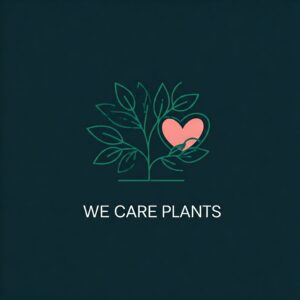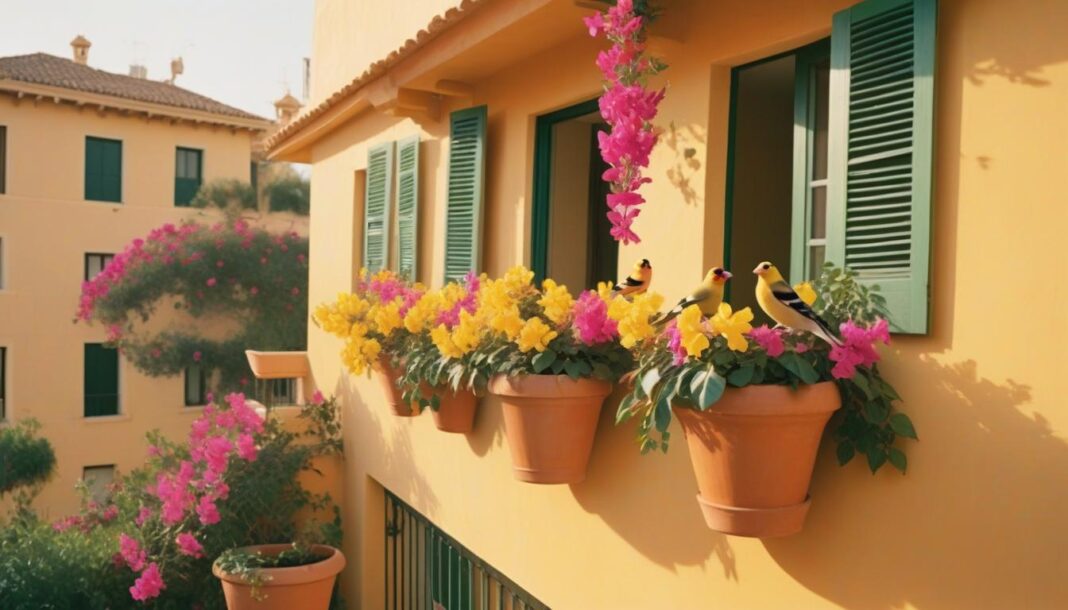How to Create a Bird-Friendly Balcony Garden: Tips, Plants, and Setup Guide
Imagine stepping onto your balcony in the morning, coffee in hand, and being greeted by the cheerful chirping of birds. Picture colorful sparrows flitting between potted plants, hummingbirds hovering near vibrant blooms, and finches perched on branches. Creating a bird-friendly balcony garden isn’t just about beautifying your space—it’s about fostering a connection with nature and supporting local wildlife. Whether you live in an urban apartment or a suburban home, transforming your balcony into a haven for feathered friends is easier than you think!
In this guide, we’ll walk you through everything you need to know to create a bird-friendly oasis—from selecting the right plants to ensuring proper care. Let’s dive in and make your balcony the talk of the neighborhood—for all the right reasons!
Why Create a Bird-Friendly Balcony Garden?
Birds play a vital role in ecosystems—they help pollinate plants, control pests, and spread seeds. Beyond their ecological importance, they bring joy, relaxation, and a sense of wonder to our lives. Watching birds interact with your garden can reduce stress and inspire mindfulness. Plus, it’s a fantastic way to teach kids (and adults!) about biodiversity and conservation.
Choosing the Right Plants
The foundation of any bird-friendly garden lies in its plant selection. Birds are drawn to specific types of vegetation that provide food, shelter, and nesting materials. Here’s how to choose the best plants for your balcony:
Native Plants Are Key
Birds thrive when surrounded by native plants because these species have evolved alongside them. Research which plants are indigenous to your region and incorporate them into your design. For example:
- Sunflowers: Their large seeds are a favorite snack for cardinals and goldfinches.
- Coneflowers: These hardy perennials attract both birds and pollinators like bees and butterflies.
- Serviceberry Trees: If you have enough vertical space, small trees like serviceberries produce berries beloved by robins and blue jays.
Include Berry-Producing Shrubs
Berries are a crucial food source for many bird species. Compact shrubs such as:
- Holly Bushes
- Winterberry
are excellent choices for balconies. They not only feed birds but also add year-round visual interest.
Add Colorful Flowers
Brightly colored flowers aren’t just beautiful; they’re magnets for nectar-loving birds like hummingbirds. Consider adding:
- Petunias
- Zinnias
- Salvia
These flowers require minimal maintenance and bloom profusely throughout the growing season.
Proper Watering Techniques
Water is essential for keeping both your plants healthy and your feathered visitors happy. Birds need access to fresh water for drinking and bathing. Here’s how to manage watering effectively:
Use Drip Irrigation or Self-Watering Pots
Balcony gardens often suffer from inconsistent watering due to busy schedules. Investing in drip irrigation systems or self-watering pots ensures your plants stay hydrated without overwatering.
Set Up a Birdbath
A shallow birdbath is a simple yet effective addition to your balcony. Make sure it’s no deeper than 2 inches to prevent accidents. Change the water regularly to keep it clean and inviting.
Avoid Overhead Sprinklers
Overhead sprinklers waste water and may damage delicate flowers. Instead, water at the base of each plant early in the morning to allow excess moisture to evaporate during the day.
Light Requirements
Understanding light requirements is critical for maintaining healthy plants and attracting birds. Most flowering plants prefer full sun (6+ hours daily), while others thrive in partial shade.
Assess Your Balcony’s Sun Exposure
Take note of how much sunlight your balcony receives throughout the day. South-facing balconies typically get the most sun, making them ideal for sun-loving plants like marigolds and lavender. East- or west-facing spaces work well for part-shade varieties like ferns and hostas.
Rotate Your Plants
If some areas of your balcony receive more light than others, rotate your pots every few weeks to ensure even growth.
Soil Types and Fertilization
Healthy soil equals healthy plants—and happy birds! Choose the right soil mix based on your plants’ needs:
Well-Draining Potting Mix
Use a high-quality potting mix designed for containers. It should retain moisture while allowing excess water to drain away. Avoid using garden soil, which compacts easily in pots.
Organic Fertilizers
Feed your plants with organic fertilizers like compost tea or slow-release granules. Avoid chemical pesticides, as they can harm birds and beneficial insects.
Common Indoor Plant Care Mistakes to Avoid
Even seasoned gardeners make mistakes. Here are a few pitfalls to watch out for:
- Overwatering: This is the number one killer of houseplants and container gardens. Stick your finger into the soil—if the top inch feels dry, it’s time to water.
- Ignoring Pruning Needs: Deadheading spent flowers encourages new blooms and keeps your garden looking tidy.
- Neglecting Pest Control: Keep an eye out for aphids, spider mites, and other common pests. Remove infested leaves promptly and treat with natural remedies like neem oil.
Easy-to-Care-for Plants for Beginners
Not everyone has a green thumb, and that’s okay! Start with beginner-friendly plants that require minimal effort:
- Spider Plant: Thrives in low light and purifies the air.
- Pothos: Tolerates neglect and grows quickly.
- Succulents: Perfect for sunny balconies, these drought-tolerant plants come in endless shapes and sizes.
Conclusion
Transforming your balcony into a bird-friendly sanctuary doesn’t have to be complicated. By choosing the right plants, providing water sources, understanding light and soil needs, and avoiding common care mistakes, you can create a thriving ecosystem that benefits both you and your avian neighbors. Remember, every little step counts toward creating a greener, more sustainable world.
Ready to take your gardening journey further? Visit wecareplants.com for more expert tips, inspiring stories, and product recommendations tailored to plant enthusiasts like you. Happy gardening! 🌿🐦
Quick Reference Table: Best Plants for Attracting Birds
| Plant Type | Examples | Benefits |
|---|---|---|
| Flowering Plants | Petunias, Zinnias, Salvia | Attract nectar-loving birds like hummingbirds. |
| Berry-Producing Shrubs | Holly Bushes, Winterberry | Provide food for songbirds and add visual interest. |
| Native Plants | Sunflowers, Coneflowers | Support local ecosystems and attract diverse bird species. |

